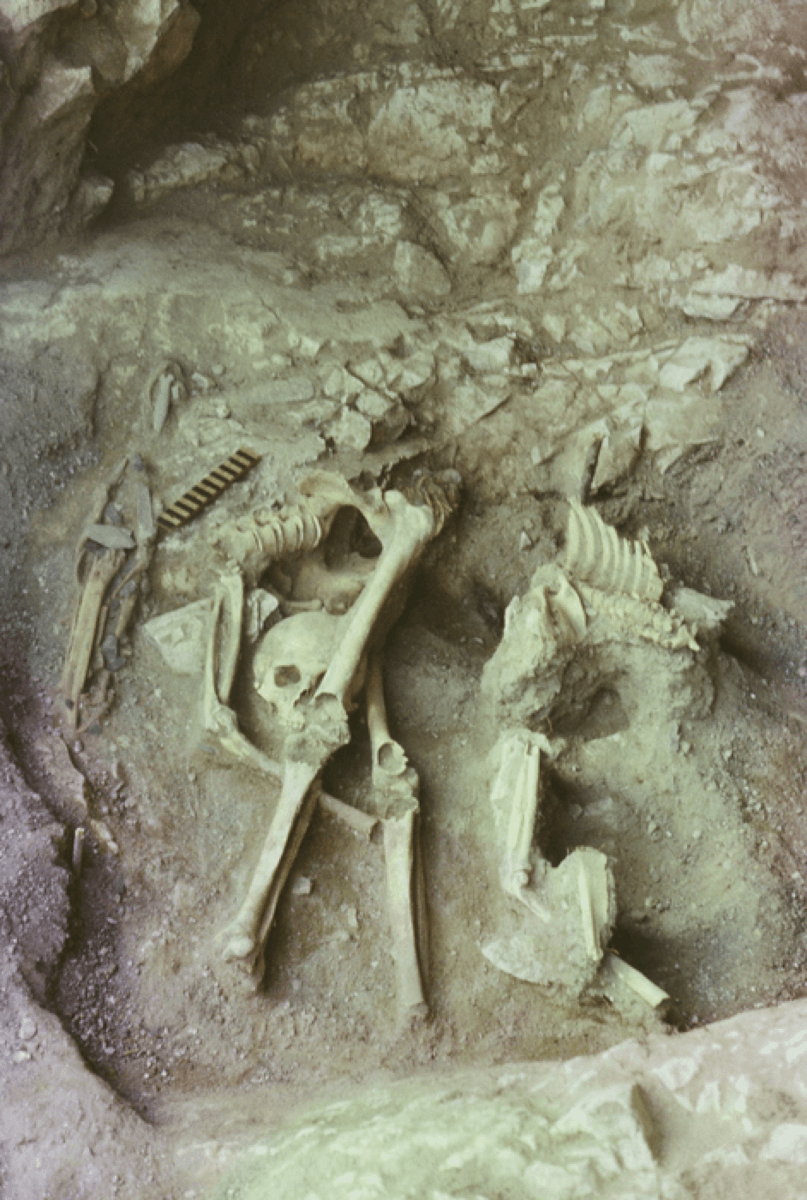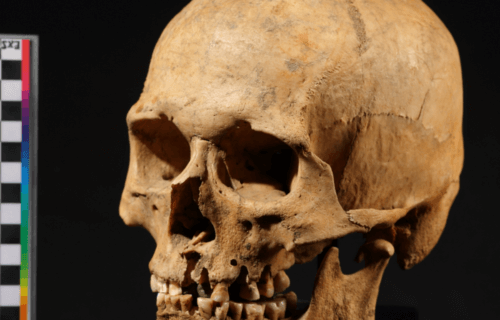LEIPZIG, Germany — The first “Americans” on Earth likely interbred with prehistoric cavepeople living in Siberia up to 7,500 years ago, a new genetic study reveals.
They migrated more than 4,000 miles, sharing genes through sex, according to an international team, based in Germany. The evidence comes from ancient genomes of 10 individuals whose skeletal and dental remains have been unearthed across the frozen wasteland of Russia.
The findings are providing new insight into the movements of our primitive ancestors across the Bering Sea in the Northern Pacific. Researchers say it shows that there was actually movement both to and from the North American continent in ancient times.
The genetic makeup of those who lived in North Asia during this time has remained mysterious. Now, the first analysis of its kind has found they moved from North America to North Asia. The study reveals a previously undescribed group of early Holocene Siberian people that lived in the Neolithic Altai-Sayan region — near the borders of modern Russia, China, Mongolia, and Kazakhstan.
The data also shows that they were descendants of both paleo-Siberian and Ancient North Eurasian (ANE) people.
“We describe a previously unknown hunter-gatherer population in the Altai as early as 7,500 years old, which is a mixture between two distinct groups that lived in Siberia during the last Ice Age,” says senior study author Cosimo Posth from the University of Tübingen in a media release.
“The Altai hunter-gatherer group contributed to many contemporaneous and subsequent populations across North Asia, showing how great the mobility of those foraging communities was.”

The genes show a largely interconnected prehistoric world
The area is famous for the Denisovans, a mysterious group of early humans that lived alongside Neanderthals and Homo sapiens. This area of the globe is one of the most important in human history, serving as a crossroad for population movements between northern Siberia, Central Asia, and East Asia over millennia.
The study, published in Current Biology, uncovers a unique gene pool that may have contributed to Bronze Age groups from North and Inner Asia. They included hunter-gatherers and pastoralists (farmers). The study also has implications for a series of mummies discovered in the Tarim Basin in present-day Xinjiang, China.
Prof. Posth and the team also identified Ancient Northeast Asian (ANA) ancestry, initially described in Neolithic hunter-gatherers from the Russian Far East. The revelation suggests that ANA ancestry spread about 1,000 miles further west than scientists previously thought. Inhabitants in the Russian Far East also mixed with hunter-gatherer groups from the Japanese Archipelago.
There were multiple periods of interbreeding from North America to northeastern Asia over the last 5,000 years, reaching the Kamchatka Peninsula and central Siberia. The findings highlight a largely interconnected population throughout North Asia from the early Holocene onwards.
“The finding that surprised me the most is from an individual dated to a similar period as the other Altai hunter-gatherers but with a completely different genetic profile, showing genetic affinities to populations located in the Russian Far East,” says lead author Ke Wang from Fudan University in China.
“Interestingly, the Nizhnetytkesken individual was found in a cave containing rich burial goods with a religious costume and objects interpreted as possible representation of shamanism.”
Human migration was ‘the norm and not the exception’
Study authors say their findings imply individuals with very different profiles and backgrounds were living in the same region around the same time.
“It is not clear if the Nizhnetytkesken individual came from far away or the population from which he derived was located close by,” Wang adds. “However, his grave goods appear different than other local archeological contexts implying mobility of both culturally and genetically diverse individuals into the Altai region.”
The genetic data from the Altai show North Asia harbored highly connected groups as early as 10,000 years ago, across long geographic distances.
“This suggests that human migrations and admixtures were the norm and not the exception also for ancient hunter-gatherer societies,” Posth concludes.
South West News Service writer Mark Waghorn contributed to this report.

